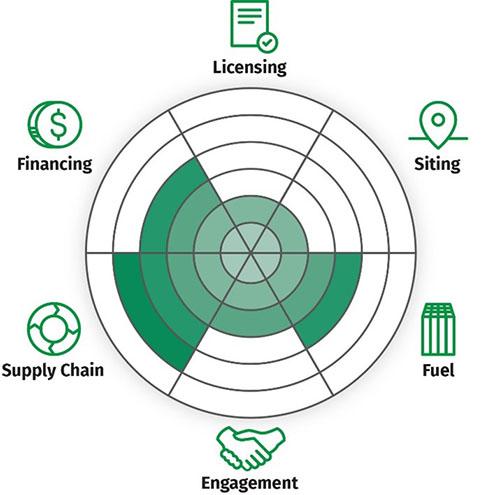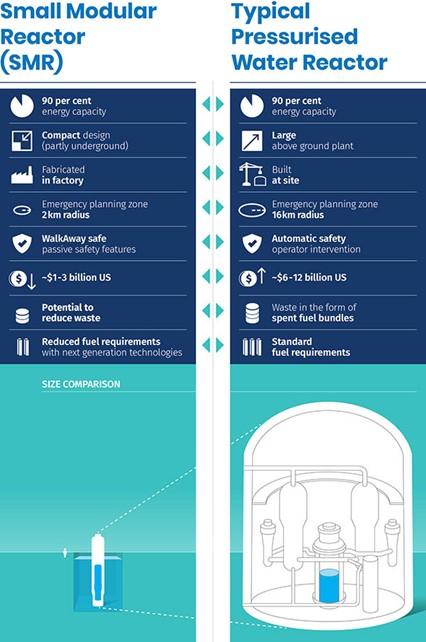

Published on the 16th April 2024 by ANSTO Staff
As Australia’s nuclear experts, ANSTO closely follows the development of nuclear technologies around the world, including the emergence of Small Modular Reactors (SMRs). The information provided below highlights the latest information on SMR technology from reputable and established sources, including the Organisation for Economic Cooperation and Development’s (OECD) Nuclear Energy Agency (NEA) and the International Atomic Energy Agency (IAEA).
As global interest in SMRs grows in part, because of their potential advantages, it is fair to say they are still in their infancy and a relatively untested concept.
The OECD’s NEA recognises three SMRs as operational, with over 50 SMR technologies currently still under development as identified in their latest SMR Dashboard report. Any estimate about cost or time to construct, whether optimistic or pessimistic, should be considered with a high degree of uncertainty.
The IAEA plays an indispensable role with its safeguards to ensure international peace and security, while also fostering sustainable nuclear energy development. As with all nuclear facilities and locations outside facilities that are subject to nuclear verification by the IAEA, the Agency will be required to verify that the nuclear material in SMRs remains in peaceful use.
While advances in SMR technology continue to progress around the world, the IAEA has identified some challenges in the deployment of SMRs through its various technical papers. These challenges include economic appraisals, financing, legal frameworks, a resilient supply chain, a robust regulatory framework based on the IAEA safety standards, human resource development, public acceptance, fuel supply, and radioactive waste management.
Small Modular Reactors (SMRs)
The IAEA defines SMRs as advanced nuclear reactors that have a power capacity of up to 300 MW(e) per unit, which is about one-third of the generating capacity of traditional nuclear power reactors.
Many of the features of SMRs are inherently linked to the nature of their design – small and modular. Given their smaller footprint, SMRs can be sited on locations not suitable for larger nuclear power plants. Prefabricated units of SMRs can be manufactured and then shipped and installed on site as distinct to large power reactors, which are often custom-designed for a particular location.
In comparison to existing large reactors, proposed SMR designs are generally simpler, and the safety concept often relies more on passive systems and inherent safety characteristics of the reactor, such as low power and operating pressure. As outlined by the IAEA, SMRs may potentially offer savings in cost and construction time, and they can be deployed incrementally to match increasing energy demand.
SMR development timeframes
SMR technology has been under design and development since around the mid-2000s.
According to the Nuclear Energy Association (NEA), there are 98 identified SMR technologies still undergoing development around the world. Some of these designs are still moving towards licensing, operation, and commercialisation.
A number of variable factors can influence the development of SMR technology right through to operation and deployment, placing an undefined projected timeframe on their readiness. Whilst some SMR designs have demonstrated the potential for relatively short construction timeframes, this alone does not indicate how quickly this technology can be deployed.
Their overall timelines are contingent on other crucial factors. These include, but not limited to: the country and its jurisdictions, legislation change requirements, the establishment or expansion of regulatory bodies, financing, licensing, designs and concepts, the size and requirements of the workforce, manufacturing and the construction industry, waste programs, fuel supply chains, and community acceptance or social license.
Integration with Generation IV reactor designs
Conventional nuclear power reactors are typically defined by their generation design. For instance, the first generation of nuclear reactors built in the 1950s and 1960s, followed by the second generation in the 1970s and 1980s, and the third generation commencing deployment in the 1990s and 2000s.
Generation IV reactors currently under design, refer to a new class of advanced nuclear reactors designed for their safety, efficiency, and sustainability than compared to previous generations of nuclear power reactors.
The majority of SMRs currently under development are based on Generation III+ designs, with some applying a Generation IV design.
The proposed Generation IV SMR designs can use different cooling sources, such as helium, molten salt, or molten metal (sodium, lead). This allows Generation IV SMRs to operate at higher temperatures without the need for significantly pressurised containment vessels, which greatly improves the inherent safety and economy of these advanced reactor systems.
Update on SMR projects
In March 2024, the Nuclear Energy Agency (NEA) published the second edition of its Small Modular Reactor Dashboard which tracks the progress of selected SMR designs towards deployment.
This comprehensive and useful resource captures SMR design projects at various stages of development, from fundamental research on new concepts to commercial deployment and operation of mature designs.
The NEA identified 98 SMR technologies in development around the world, 56 of which are included in the second edition.
As well as detailing the technology readiness level of SMRs, the NEA Dashboard also assesses progress across six “additional enabling conditions” – licensing, siting, financing, supply chain, engagement, and fuel. The assessments were based on progress up to a cutoff date of 10 November 2023.
Of the (56) identified SMR designs under active development:
- 18 design organisations are headquartered in North America,
- Including 15 in the United States, and three in Canada
- 16 organisations are in Europe,
- Including seven in France, and
- Seven organisations are in Asia,
- Including two in Japan, four in China, and two in Russia.
The NEA Dashboard outlines several innovative design concepts that are under development and nearing commercialisation and deployment. Some are based on traditional light water reactor concepts while others are Generation IV concepts, many of which use new coolants and moderators. SMRs encompass various reactor configurations for both land and sea, as well as mobile and multi-module configurations.
The NEA review concludes that, while a few SMRs are already operating, there is a robust pipeline of SMRs making progress towards first-of-a-kind (FOAK) deployment.
According to the NEA Dashboard, “A large number of SMRs are presently conceptual. The breadth of designs may create opportunities to consolidate global supply chains, foster standardisation and improve the economics of SMRs for commercialisation.”
China and Russia are leading the deployment of SMRs. However, there is progress towards deployment in North America and Europe.
For information on the status of specific projects, see the NEA Dashboard: Nuclear Energy Agency (NEA) - The NEA Small Modular Reactor Dashboard: Second Edition (oecd-nea.org)
Information resource directory: SMRs
As Australia’s largest nuclear organisation and predominately a research organisation, ANSTO has a mandated role to provide expert and technical advice to the Australian Government on all matters relating to nuclear science and technology.
Part of this extends to how we observe and monitor the global nuclear landscape to gain insights into how other countries and jurisdictions are progressing in the field of nuclear energy technology.
In addition to researching and referencing peer-reviewed research papers, we also use a number of reputable channels to regularly track developments in nuclear technologies around the world, including SMRs.
These publications provide detailed information on nuclear reactors and progress on SMR builds worldwide.
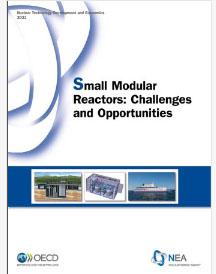
Small Modular Reactors: Challenges and Opportunities
Published by the OECD Nuclear Technology Development and Economics, 2021.
This publication includes an overview of SMR technology, techno economic characteristics of SMRs. Licensing and regulatory aspects, legal framework, policy aspects, main challenges to enable large-scale deployment and the role of government support and international collaboration.
https://doi.org/10.1787/18fbb76c-en
The NEA Small Modular Reactor Dashboard Volume II
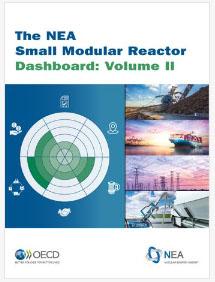
Published by the OECD-NEA in 2023, this publication provides a comprehensive assessment of progress in the commercialisation and deployment of SMR technologies. Progress is tracked in licensing, siting, financing, supply chain, engagement and fuel. A wide range of design concepts are spanned.
Detailed information is provided on the following notable SMR technologies: BANR SMR (US), Project Pele (US), Energy Well (Czech Republic), DF300 (Canada), SMR-160 (US), GTHTR300 (Japan), HTTR (Japan), Jimmy (France), SMART (Korea), PWR-20 (US), LFR AS 200 (UK), BREST-OD-300 (Russia), Kaleidos (US), RITM-200M (Russia), CMSR ((Denmark), HAPPY200 (China), IMSR (Canada), TMSR-500 (UAE), 4S (Japan) Westinghouse LFR (US) and TEPLATOR (Czech Republic).
https://doi.org/10.1787/e586e483-en
The NEA Small Modular Reactor Dashboard: Second Edition
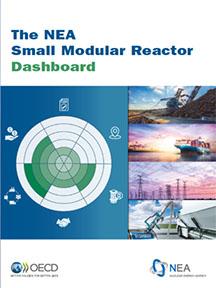
Further to the above publication, an updated version of this Dashboard was published in 2024. It captures the progress of 56 (of 98 identified) SMR designs, up to a cutoff date of 10 November 2023.
https://oecd-nea.org/jcms/pl_90816/the-nea-small-modular-reactor-dashboard-second-edition
Technology Roadmap for Small Modular Reactor Deployment
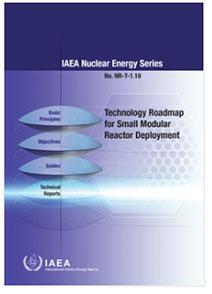
Published by the IAEA in 2021, this publication provides a set of generic roadmaps, which can be used in the deployment of SMRs.
https://www-pub.iaea.org/MTCD/Publications/PDF/PUB1944_web.pdf
Advances in Small Modular Reactor Technology Developments
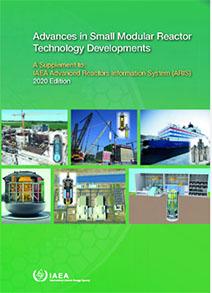
This 2021 publication by the IAEA covers the advances in design and technology developments of SMRs of all the major technology lines within the category of SMRs.
https://www-pub.iaea.org/MTCD/Publications/PDF/PUB1944_web.pdf
The Advanced Reactor Information System (ARIS)
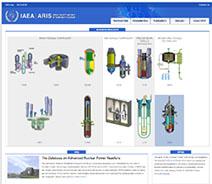
This database was designed and is maintained by the IAEA's Nuclear Power Technology Development Section (NPTDS) since 2009.
The most important content of ARIS is the design descriptions of evolutionary and innovative advanced nuclear reactors. ARIS enables users to easily get an overview of the current reactor technologies being developed and deployed by giving people access to the designers' design descriptions.
ACADEMIC AND PEER REVIEWED PUBLICATIONS
Handbook of Small Modular Reactors
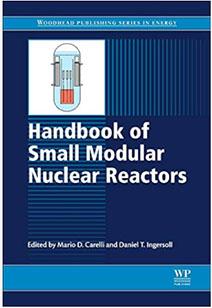
The volume provides an overview of small modular reactor technology. It reviews the design characteristics of integral pressurized water reactors and focuses on reactor core and fuel technologies, key reactor system components, instrumentation and control, human-system interfaces and safety. Economics, financing, licensing, construction methods and hybrid energy systems of small modular reactors are considered. The book captures SMR development activities world-wide, and concludes with a discussion of how SMR deployment can contribute to the growth of developing countries.
https://www.sciencedirect.com/book/9780857098511/handbook-of-small-modular-nuclear-reactors
Historical construction costs of global nuclear power reactors
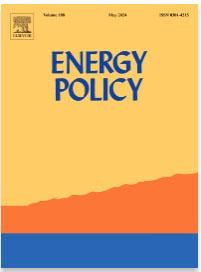
Comprehensive analysis of nuclear power construction cost experience. Coverage for early and recent reactors in seven countries. International comparisons and re-evaluation of learning. Cost trends vary by country and era; some experience cost stability or decline.
https://doi.org/10.1016/j.enpol.2016.01.011
Economics and finance of Small Modular Reactors: A systematic review and research agenda
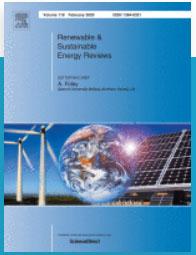
Leveraging a systematic literature review, this paper provides an overview of “what we know” and “what we do not know” about the economics and finance of SMRs.
https://doi.org/10.1016/j.rser.2019.109519
